Free fly tying
{{start}}
{{end}}
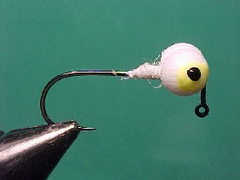
{{+1}}Eyes{{-1}}
{{start}}
I am a firm believer that in some flies realistic eyes are a trigger that elicits a response from fish. There are many ways of adding eyes to a fly.{{end}}
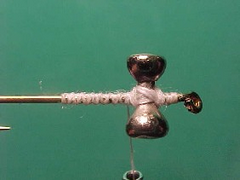
{{+1}}Eyes – dumbbell, real eyes, sink chain eyes and glass rattle eyes{{-1}}
{{start}}
These are all basically the same shape and are all tied in in a similar way. They consist of two eye balls connected by a stem. These eyes are tied onto the top of the hook shank, that has a foundation of thread, using either figure of eight wraps or diagonal wraps as I have described below to lock them into position.{{end}}
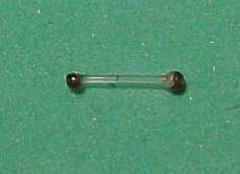
{{+1}}Burnt monofilament eyes{{-1}}
{{start}}
Most recipes use the term "figure of eight wraps of thread" when describing how to tie in burnt monofilament eyes and other eyes that have two eye balls connected by an axle. Follow steps E and F for a much tighter way of attaching monofilament eyes, bead chain, dumbbell eyes etc.{{end}}
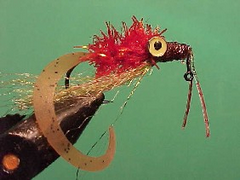
{{+1}}Anti snag guards – “bass” weed guards{{-1}}
{{start}}
I am often asked if weed guards cut down on hook up rates. Well logically I suppose they do but I must say that the increased fishing time you get and the fact that your not loosing flies or having to "go in" and retrieve flies more that compensates for that. In most cases however strikes from tropical fish are quite aggressive and I don't think that the weed guard even comes into the hook up equation.{{end}}
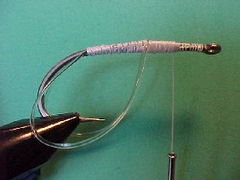
{{+1}}Anti-snag guards – “tropical” double weed guards{{-1}}
{{start}}
There are times when you just have to fish right into structure but every time you do you get hooked up. This is particularly so when fishing for Saratoga amongst lily pads, Barramundi amongst the mangroves and Mangrove Jacks and Bass amongst the snags. At those times to increase fishing time and save a lot of frustration I suggest you use flies with double weed guards.{{end}}
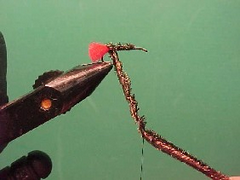
{{+1}}Peacock herl – roping peacock herl{{-1}}
{{start}}
Peacock herl is the individual barbules off a peacock feather. It is wonderful fly tying material and as well as exhibiting its own natural highlight it exhibits various colors ranging from shades of greens through to various shades of blue. Individual herl can be used to dress a body on small flies but it is more common to use a number of herl to dress a body on a fly.{{end}}
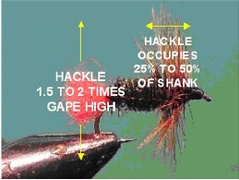
{{+1}}Hackle – dry fly{{-1}}
{{start}}
There is a lot to hackling a dry fly than just grabbing a feather and tying it on toward the front of the fly. This post deals with some of the variable you should consider.{{end}}
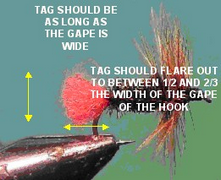
{{+1}}Tails – tying in a tag tail{{-1}}
{{start}}
The procedures for tying in tag tails for both dry and wet flies for a right handed fly tier are detailed below. If you are left handed please remember to switch the instructions around. Tag tails are used on both dry flies and wet flies very successfully. Whilst they may look similar there are subtle differences in the materials they should be tied from and how they should be tied.{{end}}
{{+1}}Bead heads – adding weight or eyes to a fly{{-1}}
{{start}}
Whilst beads used in fly tying are made from a variety of materials. There are basically two types. The first are beads that we use in fly tying that were designed for other purposes such as jewelry beads. Then there are specifically designed fly tying beads that are quite different to beads manufactured for the jewelry industry in that most fly tying beads have a large opening at one end and a smaller opening at the other.{{end}}













